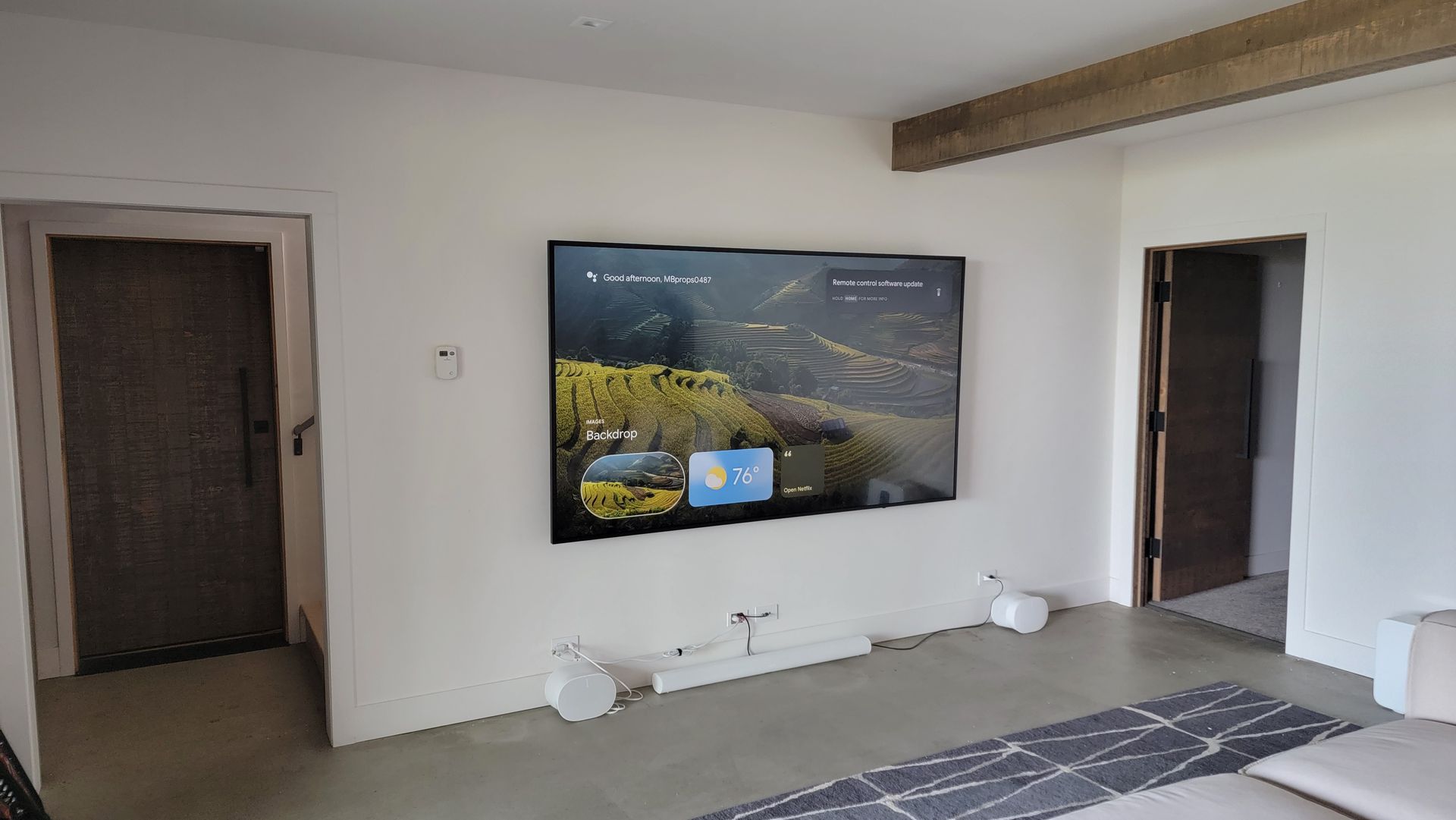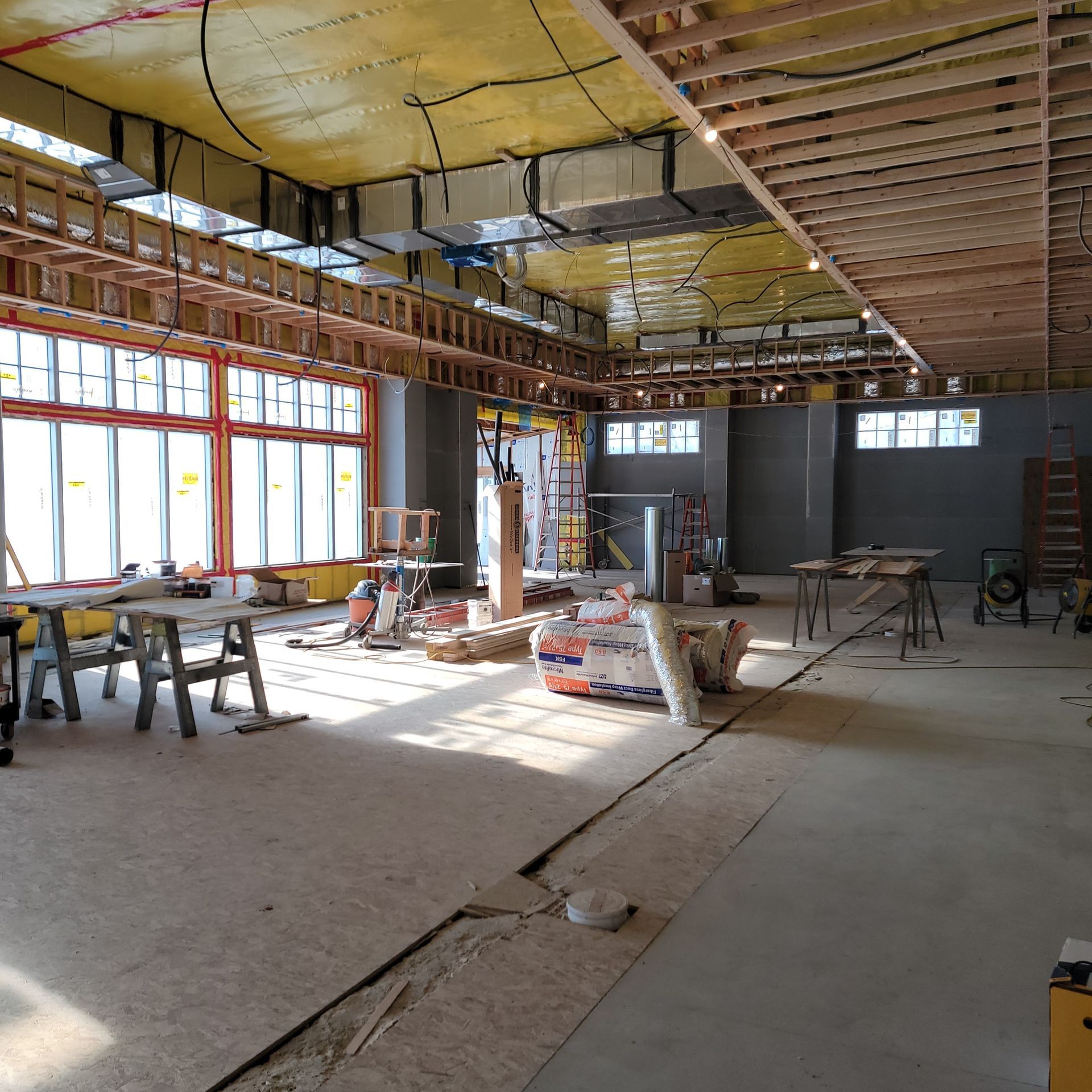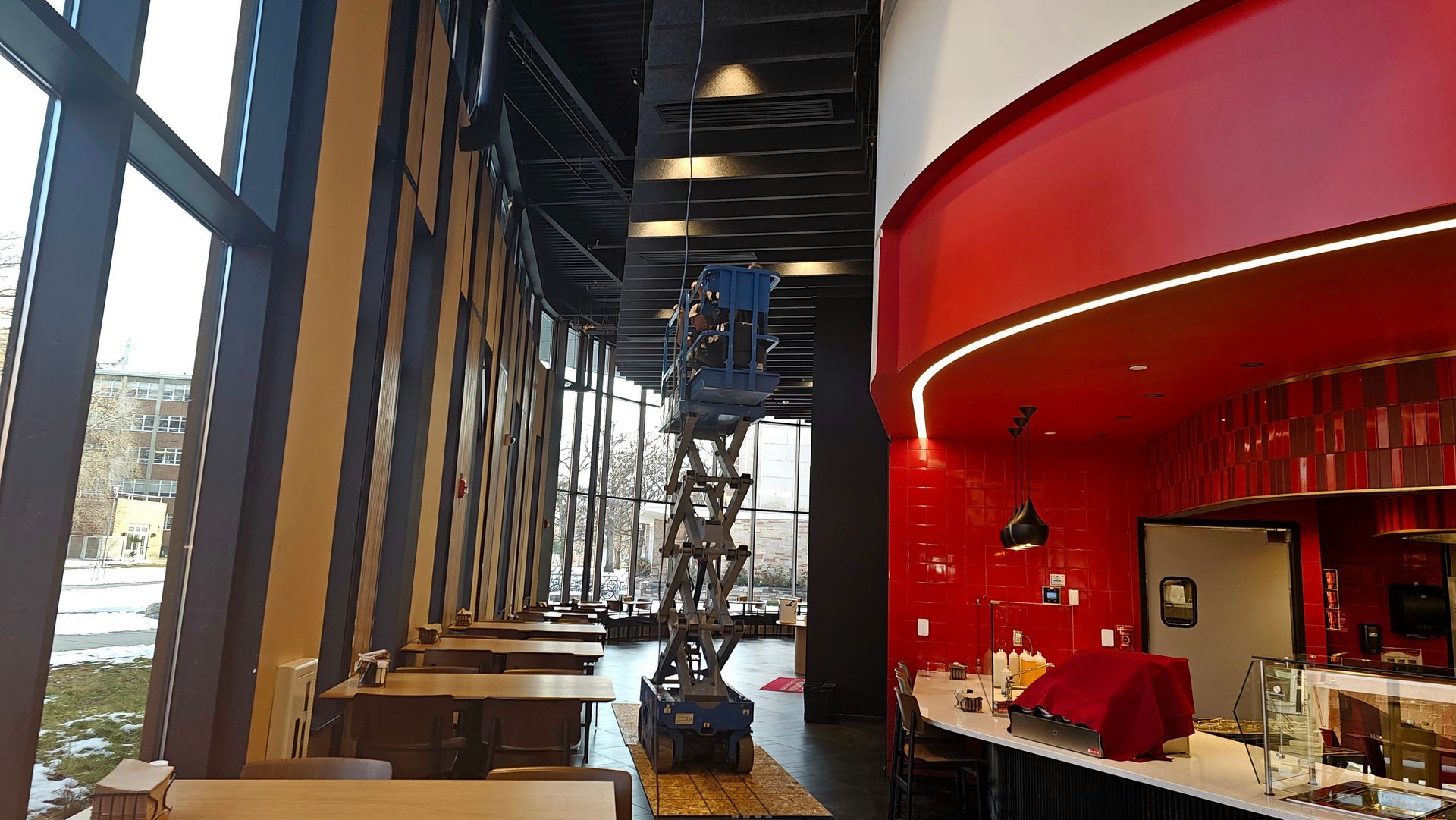Debunking the Myth: Super-Fast Internet Isn't Essential for a Well-Designed Smart Home

In today's digital age, the concept of a smart home has become increasingly popular. With a myriad of devices and systems available, homeowners are often led to believe that super-fast internet speeds are an absolute necessity for a well-functioning smart home. However, this notion is a common misconception that needs to be debunked. Let's delve into why having super-fast internet is not a prerequisite for a smart home that is efficient, effective, and enjoyable.
- Efficiency Over Speed: While high-speed internet can enhance the performance of certain smart devices, it doesn't necessarily translate to overall efficiency within a smart home. What truly matters is the design and integration of smart systems. A well-designed smart home focuses on optimizing the use of devices, utilizing local processing where possible, and prioritizing efficiency in communication protocols.
- Local Processing and Edge Computing: Many smart devices are now equipped with local processing capabilities. This means they can perform tasks and make decisions without relying heavily on cloud services or constant internet connectivity. By leveraging local processing and edge computing, smart homes can reduce their dependency on internet speed for routine operations.
- Device Compatibility and Optimization: Another key aspect of a well-designed smart home is ensuring that devices are compatible and optimized for the existing network infrastructure. This includes using devices that are designed to work efficiently within the available bandwidth and network conditions. Smart home integrators can provide valuable insights into selecting the right devices and optimizing their settings for optimal performance.
- Network Prioritization and Quality of Service (QoS): Even with moderate internet speeds, smart home networks can be optimized through proper prioritization and Quality of Service (QoS) configurations. QoS settings allow homeowners to allocate bandwidth based on the priority of devices and applications. This ensures that critical smart home functions such as security systems or smart thermostats receive adequate bandwidth, even during periods of network congestion.
- Future-Proofing Through Design: A well-designed smart home takes future advancements into account. Instead of solely relying on internet speed as a solution, focusing on scalable infrastructure and adaptable systems can future-proof your smart home. This approach enables homeowners to integrate new technologies seamlessly without being constrained by internet speed limitations.
- User Experience and Practicality: Ultimately, the success of a smart home is measured by the user experience and practicality it offers. A smart home that is thoughtfully designed, properly configured, and tailored to the homeowner's needs will deliver a superior experience regardless of internet speed. Emphasizing usability, automation, and reliability contributes more to a positive smart home experience than simply chasing faster internet connections.
In conclusion, while internet speed can certainly enhance certain aspects of a smart home, it is not the sole determinant of a well-designed and functional system. By focusing on efficiency, local processing, device optimization, network management, and user experience, homeowners can create smart homes that are robust, reliable, and enjoyable without relying solely on super-fast internet connections. Smart home technology continues to evolve, offering opportunities for innovation and customization that go beyond bandwidth requirements.
Remember, it's not just about how fast your internet is; it's about how smartly you design your home's technology ecosystem.











